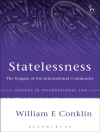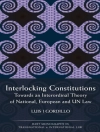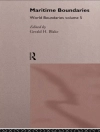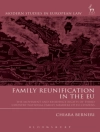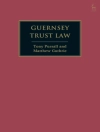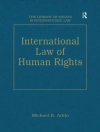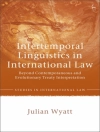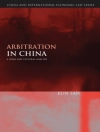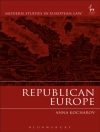This book is dedicated to a topic which has for a long time lacked the attention it deserves within the academic world. It intends to address in a coherent and comprehensive manner the problem of the environmental rights of the child, which are not identical to the ones of adults whose environmental rights have been appraised from a general point of view.
In the absence of any international law instrument explicitly granting a child the right to a clean environment, drawing on an extensive and original analysis of the UN Convention on the Rights of the Child and the practice of its monitoring body, this book undertakes an assessment of the extent to which these challenges may be overcome through a greater engagement between international law on the rights of the child and international environmental law. The result is the first comprehensive study on the manner in which these two mutually reinforcing legal regimes can interact to strengthen the protection of children’senvironmental human rights at stake in the increased strategic environmental and climate litigations at both the national and international level.
The book is recommended reading for, amongst others, policy makers, international environmental lawyers and human rights lawyers and practitioners. Additionally, lecturers, students and researchers from a range of disciplines will also gain from seeing how new legal scholarship and intertwined branches of international law contribute to the continual development of the living rights of the human rights conventions.
Francesca Ippolito is Associate Professor of International Law in the Department of Political and Social Science of the University of Cagliari, Italy. She holds the Jean Monnet Chair on European Climate of Change – REACT for 2021-2024.
Spis treści
Chapter 1. Setting the Scene: From Environment as an Object to be Protected towards an Environmental Right(s)-based Approach – The International and EU Law Perspective.- Chapter 2. The Convention on the Rights of the Child: The Legal Basis for Environment-related Children’s Rights.- Chapter 3. A Child-centred Approach between the Lines of International and EU Environmental Law.- Chapter 4. Children in Pursuit of Environmental
Human Rights: Current Practice and Future Prospects.- Chapter 5. Concluding Remarks.- Index.


